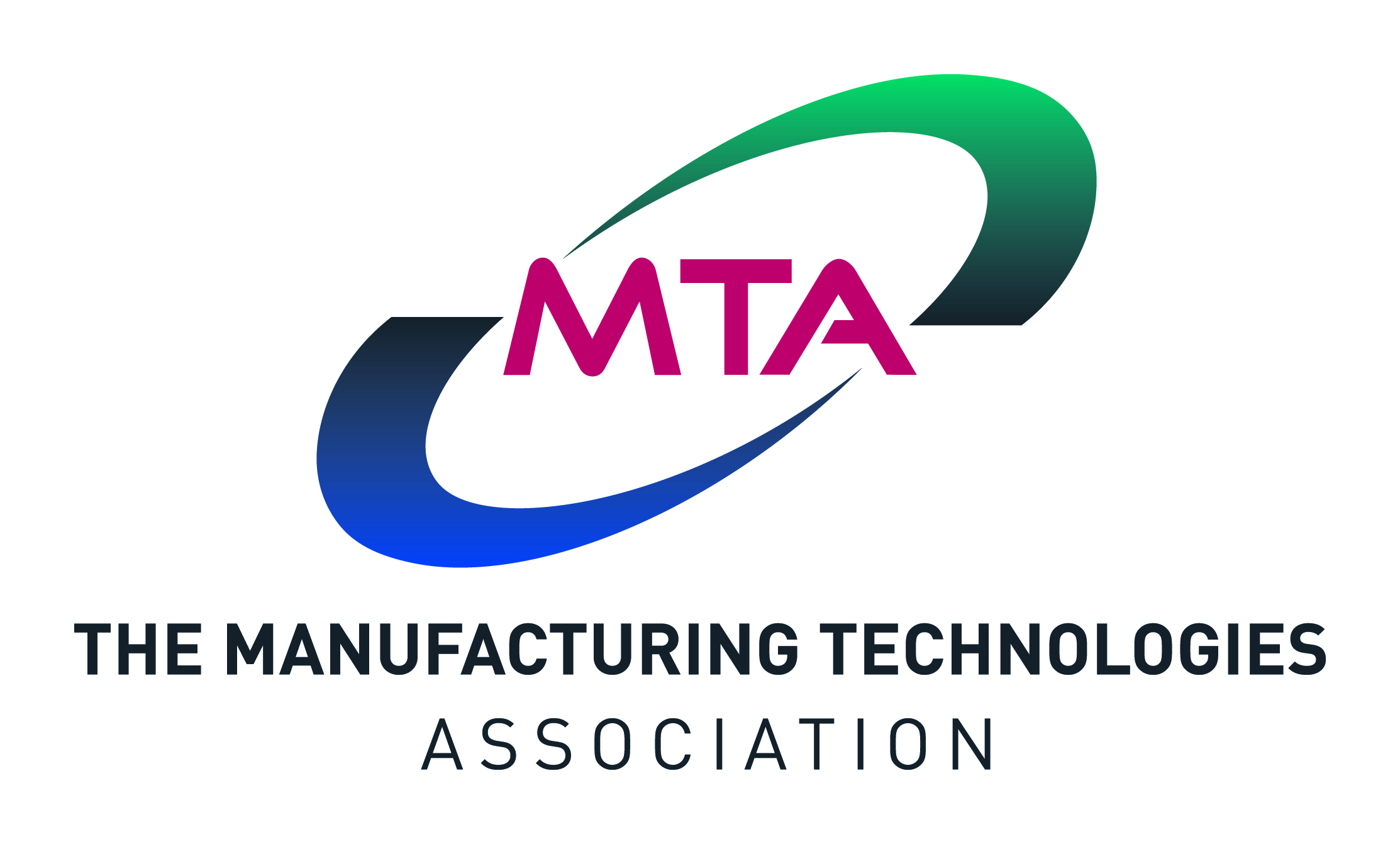European Commission’s Economic Forecasts, Winter 2022: The European Commission (EC) has published its latest quarterly forecast with GDP expected to grow by +4.0% for both the EU and the euro-zone in 2022, followed by +2.8% for the EU and +2.7% for the Euro-zone in 2023.
The latest outlook reflects a number of challenges facing the European economy including the current resurgence of Covid via the Omicron virus, persistent problems in both logistics and supply chains which are weighing on production and stronger than expected inflationary pressures whose impact falls mainly on consumers. The forecast assumes that the impact of Omicron will be relatively short lived and that most (although not all) of the supply chain issues will ease towards the end of the year but the forecasts for inflation have been revised up as energy prices are now set to remain high for longer.
We don’t have space in this summary to cover every country but it is worth noting that compared to the Autumn forecast, this interim update has seen a modest downgrade in the expectations for growth in 2022. Germany has one of the largest downward revisions with growth now expected to be +3.6% (from +4.6% in the Autumn) while there are less significant reductions for Italy (+4.1% from +4.3%), France (+3.6% from +3.8%) and the Netherlands (+3.0% from +3.3%). Some European countries have seen an upgrading of expectations for this year, including Spain (now +5.6% from +5.5% in the Autumn) and Poland (+5.5% from +5.2%).
There are a couple of special items in this forecast. The Commission takes a look at the supply chain issues based on its business surveys – this suggests a further tightening in January (although note that the data collection period for this means that it is really the picture for December). For manufacturing the main problems are in the supply of materials and components.
The other item draws on the investment intentions from their survey in October/November which painted a positive picture for 2022, driven mainly by a relatively high proportion of respondents reporting that they needed to expand capacity. This positive news is spread across most of the sectors and industries but the EC notes that it was particularly strong for the automotive industry; in part this reflects a weak recovery in 2021 but is also related to the need for significant investment as the sector moves towards an electric future.
You can access the Winter 2022 forecasts at https://ec.europa.eu/info/business-economy-euro/economic-performance-and-forecasts/economic-forecasts_en.
—————————————-
Japanese Machine Tool Manufacturers Orders 2021: The Japan Machine Tool Builders’ Association (JMTBA), which represents manufacturers of metal cutting machine tools (there is a separate association for forming machine makers), publishes monthly figures for orders and sales, with the former split between home and export business. The orders data is more detailed so we will focus on that.
Total orders in 2021 were worth ¥1541 billion (approximately £10.2 billion) which is +71% higher than in 2020 although, of course, that was heavily disrupted by the Coronavirus pandemic; a more useful comparison is, therefore, an increase of +25% over 2019. The most recent peak year was 2018 and orders are not yet back to that level.
The improvement in 2021 compared to 2019 came mainly in exports which increased by +40%, while domestic orders were only up by +3½%. The Japanese market accounted for one-third of total orders in 2021, having been 36% in 2020 and 40% in 2019.
The JMTBA report also includes an analysis of the source of export orders, although the table only shows the comparisons with 2020. The largest source of export orders for Japanese manufacturers of metal cutting machine tools is East Asia which accounted for 41% of the total and this was mainly to China which was nearly 35% of total export orders. Second on the list of the sources of orders was the USA (24% of total export orders) well ahead of Germany (4.3%), Italy (4.0%) and India (3.7%) which round out the top five destinations.
The report also provides a breakdown of domestic orders by industry. In 2021, the largest proportion was from the Industrial Machinery category which accounted for 39% of total domestic orders; this is a wide ranging group which includes construction machinery and the die & mould companies, although neither of these accounted for a significant proportion of domestic orders. The automotive industry accounted for 22.6% of domestic orders, with nearly three-quarters of this being for automotive parts. The aerospace industry is a relatively small part of domestic demand in Japan, accounting for less than 1% of orders in 2021 – indeed, the rest of the “other transport equipment” group which includes shipbuilding and railway equipment was more important as a customer (2.2% of domestic machine tool orders).
For more details, you can download the JMTBA report from their website at https://www.jmtba.or.jp/english/category/machine-tool-orders/ (February 3, 2022) or request it from MTA.

